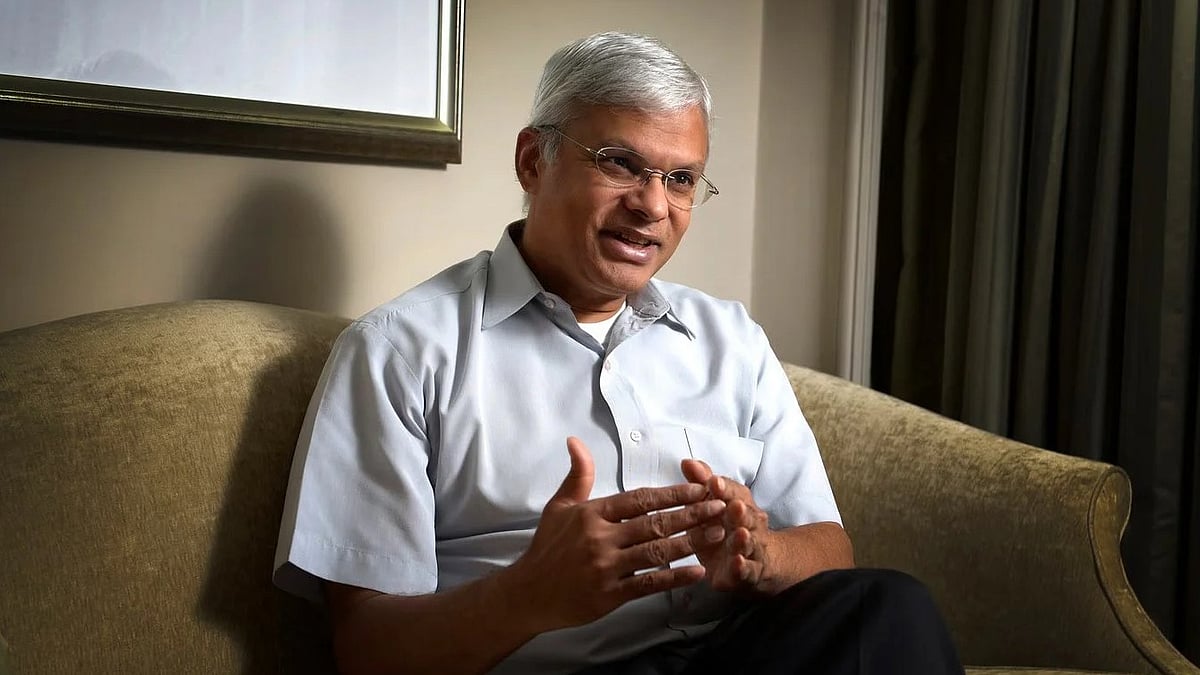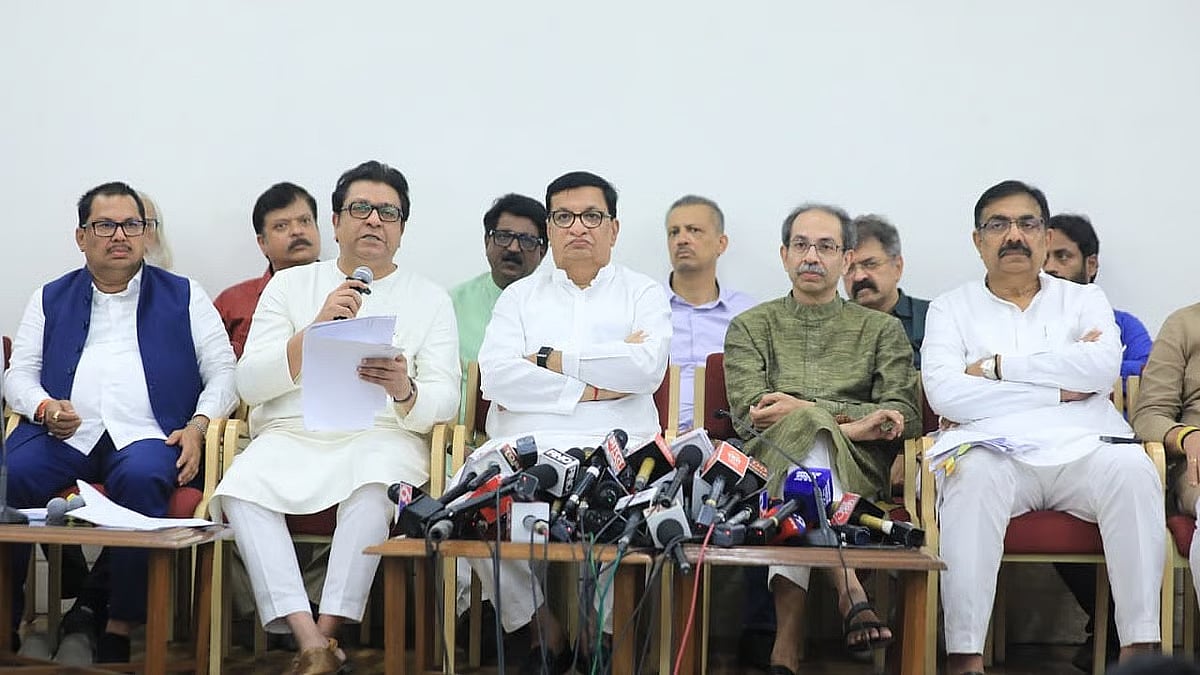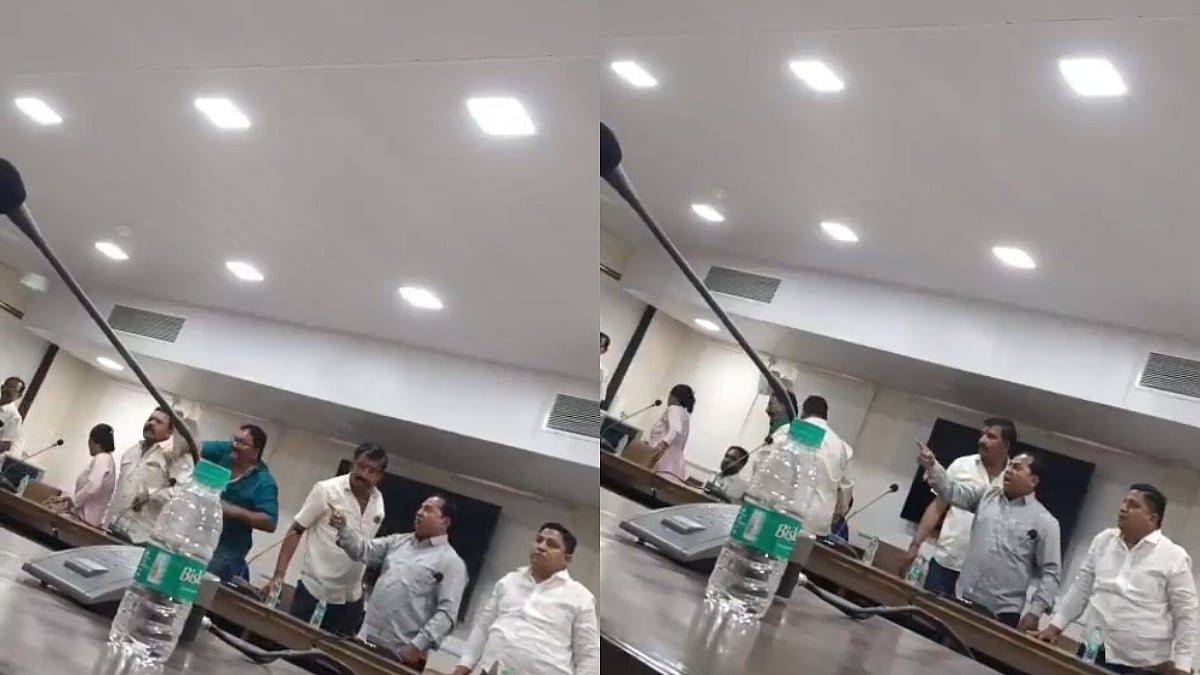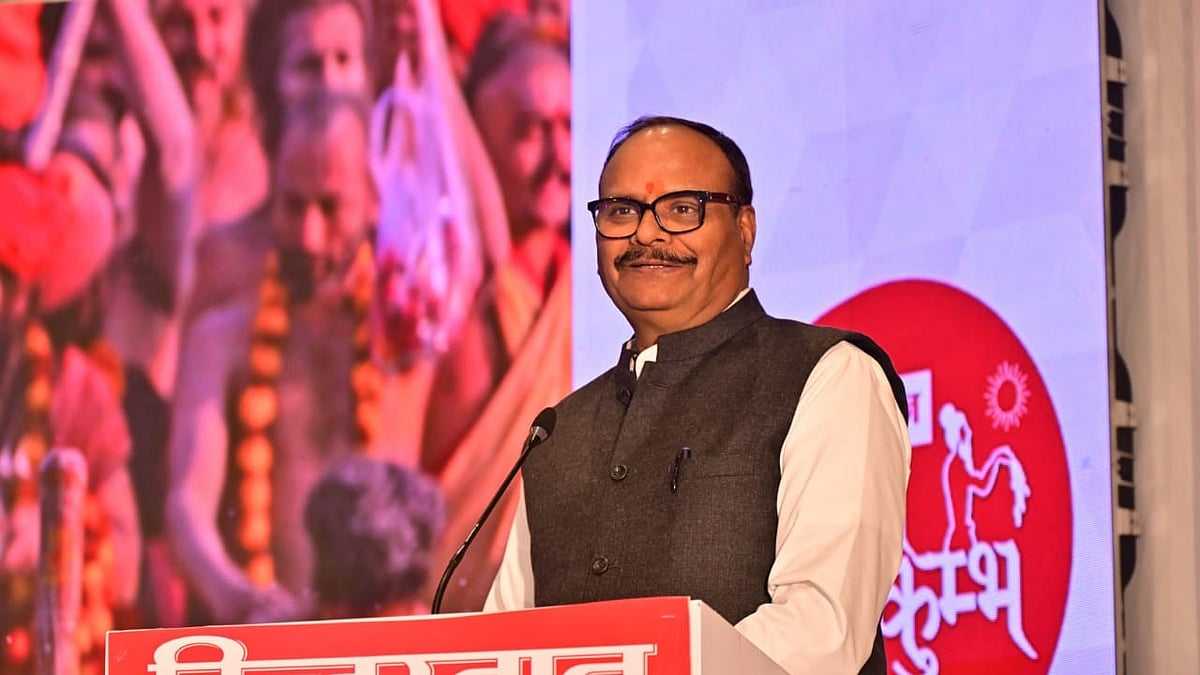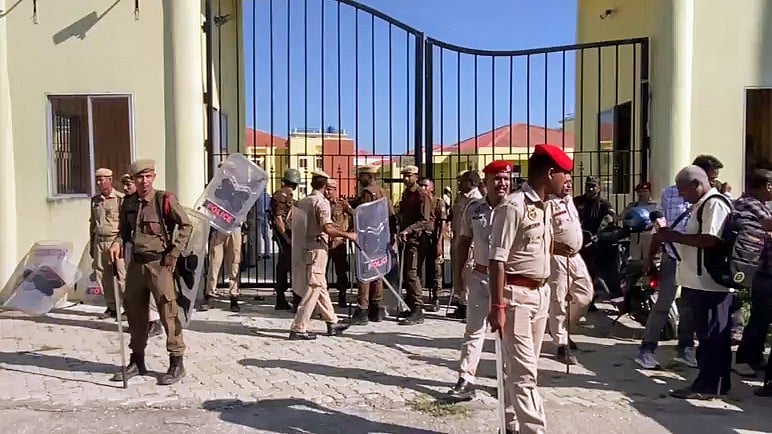Indian Railways launched the 'One Station One Product' (OSOP) scheme with the objective of promoting the 'Vocal for Local' vision of the Government of India. It aims to provide a market for local and indigenous products and create additional income opportunities for marginalized sections of society. Under the scheme, OSOP outlets at railway stations are allotted for showcasing, selling, and giving high visibility to indigenous/local products.
Presently (as of 09.11.2023), 1134 OSOP outlets are operational at 1037 stations across Indian Railways. In this direction, there are 86 OSOP outlets at 83 stations over Western Railway, out of which 51 outlets are in Gujarat state.
Diverse Product Range
According to Sumit Thakur, Chief Public Relations Officer of Western Railway, 'One Station One Product' refers to products specific to that place, including artifacts made by indigenous tribes, handlooms by local weavers, handicrafts like world-famous wood carving, chikankari, and zari-zardozi work on clothes, or spices, tea, coffee, and other processed/semi-processed food items/products indigenously grown in the area.
In the state of Gujarat, various well-known indigenous products, such as handicraft products made of bamboo, wall hangings of mirror work, artifacts & Warli paintings, traditional handloom products such as hand-printed sarees, dress materials, embroidery work, imitation jewelry, leather products, processed food such as pickles, masala powder, dry fruits, and even raw honey, are famous and are kept for sale in such outlets. At present, there are 51 One Station One Product outlets provided at 48 stations in the state of Gujarat.
Positive Impact on Sellers
Thakur further stated that the One Station One Product (OSOP) scheme was announced in the Union Budget 2022-23. The pilot project was launched on 25.03.2022 for 15 days at 19 stations. Based on the experience gained from the pilot project, the OSOP policy was issued by the Ministry of Railways on 20.05.2022. It is pertinent to mention that these outlets have brought about a great impact on the lives of these sellers. They have found a great platform to showcase their local products at a place that receives tremendous footfalls. This has increased the sale of their products and transformed their lives.
How are OSOP stalls allotted?
Under this scheme, Indian Railways is providing uniquely designed sale outlets with a distinctive look, feel, and logo at stations, as per the design developed by NID/Ahmedabad, for showcasing, selling, and giving high visibility to indigenous/local products. Allotment is done to all applicants through the tendering process, who meet the objectives of the scheme on a rotation basis by a draw of lots at stations.
How many beneficiaries have benefited?
A total of 39,847 direct beneficiaries have availed the opportunities being offered under this scheme up to 09.11.2023. Assuming indirect beneficiaries at 5 per allotment, the total beneficiaries work out to be 1,43,232. Total sales of ₹49.58 crores have been registered.
Vision behind OSOP & Outreach
In the OSOP Policy, it is envisaged that the benefit of this scheme must reach the target groups, i.e., those at the bottom of the pyramid, and provide an opportunity to all applicants. To achieve this objective, various public outreach measures, including advertising in newspapers, social media, public announcements, press notifications, personal visits to artisans, etc., have been adopted by the Railway Authorities.

